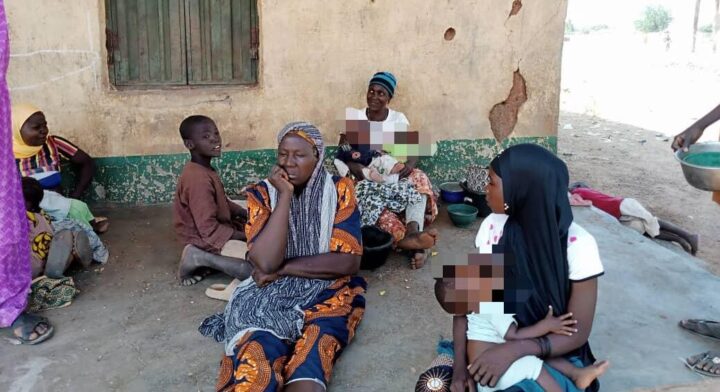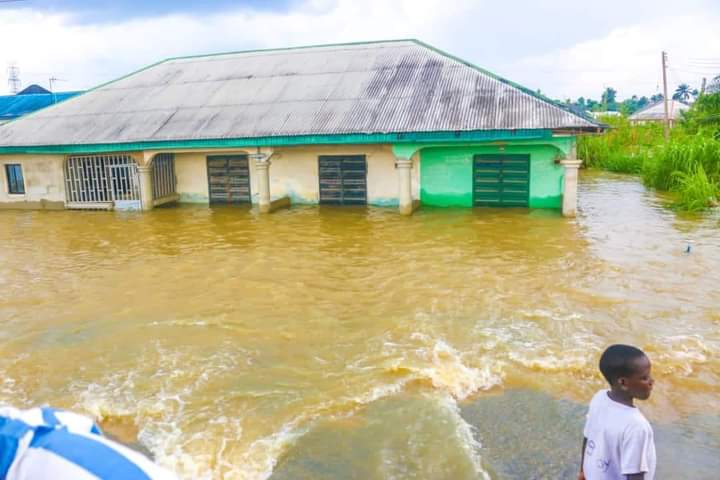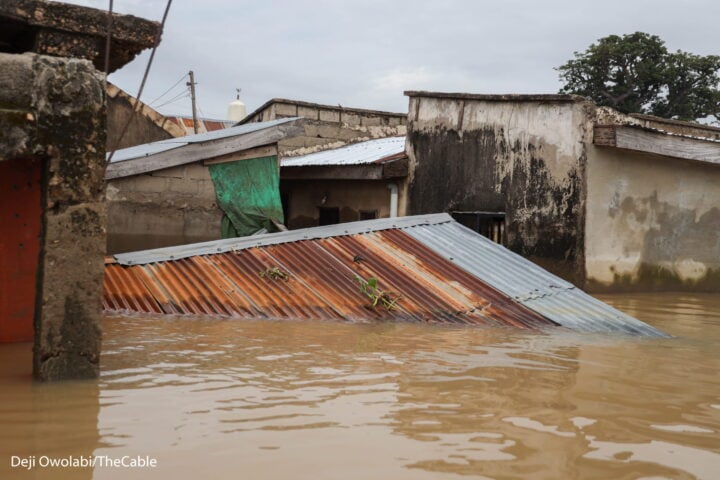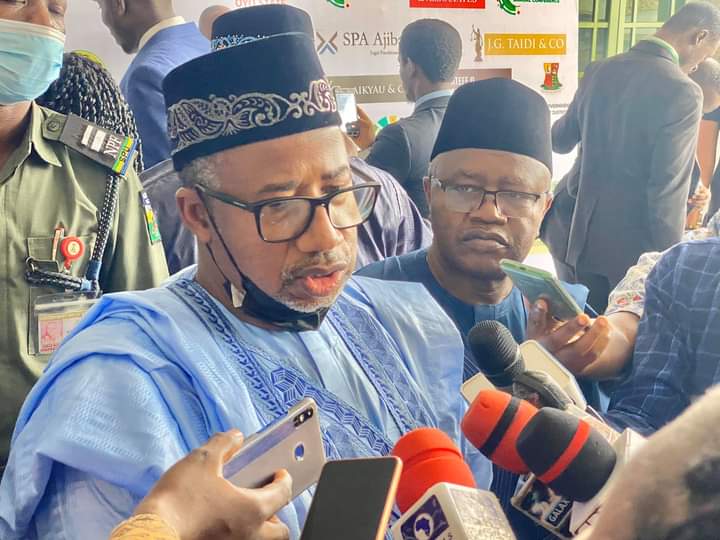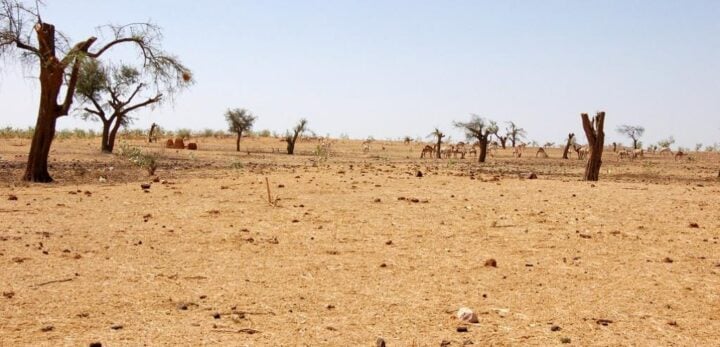Nursing mothers at the IDP camp
The United Nations (UN) agencies have called on the international community to include displaced persons in their nationally determined contributions (NDCs) and national adaptation plans (NAPs).
In a statement on Wednesday, the UN Environment Programme (UNEP), the International Organization for Migration (IOM), the UN Institute for Training and Research and the NDC Partnership made this known while launching a policy brief on how nations can integrate displaced populations into their national climate change policies and plans.
The organisations said current NDCs and NAPs of countries do not have provision for IDPs and yet it is necessary for addressing the adaptation needs of vulnerable communities.
They said when done, this would align with the Global Compact on Migration and Global Compact on Refugees which aims to “ease the pressures on host countries” and “enhance refugee self‑reliance”.
Advertisement
The organisations added that climate change is exacerbating displacements and could lead to the movement of 216 million people within their own countries by 2050.
“More than 100 million people have now been forced to flee their homes and around 75 percent of displaced populations are hosted by low- or middle‑income countries and living in protracted circumstances,” the statement read.
“Despite support from UN agencies and humanitarian groups, host countries are still struggling to meet the needs of internally displaced persons and refugees.
Advertisement
“Climate change is exacerbating this situation and could contribute to the movement of 216 million people within their own countries by 2050 unless concrete climate and inclusive development actions are taken, according to the World Bank Group.”
The statement added that the policy brief released ahead of regional and global climate summits further highlights the need to integrate policies related to mobility, human displacement, climate, environment, energy and development.
DISPLACED POPULATIONS HAVE FAR LOWER LEVELS OF ACCESS TO CLEAN ENERGY
The Intergovernmental Panel on Climate Change (IPCC) stated that internally displaced persons and refugee settlements are disproportionately concentrated in regions that are more vulnerable to climate hazards causing them to migrate and their settlements become inhabited across generations.
Advertisement
As a result, it added, these displaced populations and refugees often experience far lower levels of access to clean energy and higher exposure to climate risks, compared to the surrounding host communities.
John Christensen, director of the UNEP Copenhagen Climate Centre, said climate change will likely drive further displacement and so there is need for coordinated action at all levels in national policies to address this challenge.
Rania Sharshr, director of IOM department of peace and development coordination, said the organisation has been responding to increased demand for operations to address the needs of people relocating as a result of climate change.
“There have been significant advancements of legal and policy responses over the last years. Nevertheless, we need to further ensure the integration of displaced populations in national climate change policies,” she said.
Advertisement
Meanwhile, it is worthy of note that though the United Nations Human Rights Committee has ruled on the legal protection of people seeking refuge due to the adverse effects of climate change; the term “climate refugee” still has no legal meaning as people displaced across borders by climate-related events do not qualify for refugee status under the 1951 UN Refugee Convention.
Advertisement
Add a comment
